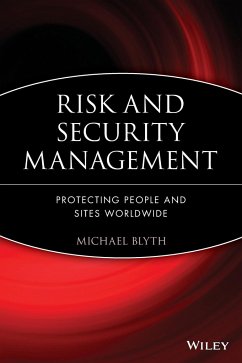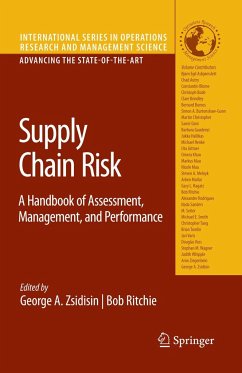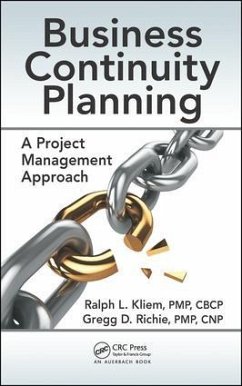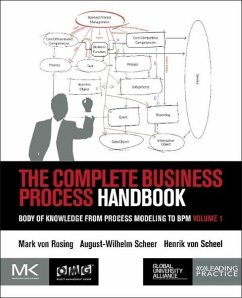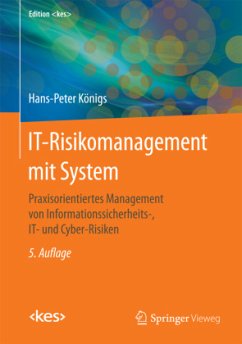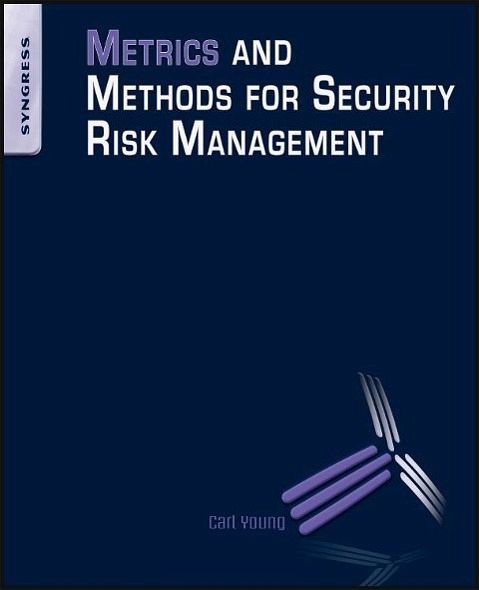
Metrics and Methods for Security Risk Management

PAYBACK Punkte
18 °P sammeln!
Not only are corporations and other organizations sometimes targeted by competitors in order to steal their information, they are also targets of political and/or religious groups who understand their economic and symbolic importance. However, a realistic security strategy requires a big-picture approach. At the same time, budgets are decreasing while security departments are dealing with threats that demand greater vigilance. In the wake of the 2008-2009 global economic meltdown, corporate executives are asking difficult questions about effectiveness and efficiency. The need for both information security and physical security is greater today than ever before, and not only to address more complex and dangerous crisis situations, but also to ensure that the methods deployed are proportionate to the risk. The notion of risk is the lens from which all such problems must be viewed. This book identifies and explains these foundational principles, and shows how they directly relate to an assessment of physical security risk. This book provides the modern security professional with a useful reference that facilitates both rigorous thinking and sensible decisions about key strategic choices.
Security problems have evolved in the corporate world because of technological changes, such as using the Internet as a means of communication. With this, the creation, transmission, and storage of information may represent security problem.
Metrics and Methods for Security Risk Management is of interest, especially since the 9/11 terror attacks, because it addresses the ways to manage risk security in the corporate world. The book aims to provide information about the fundamentals of security risks and the corresponding components, an analytical approach to risk assessments and mitigation, and quantitative methods to assess the risk components. In addition, it also discusses the physical models, principles, and quantitative methods needed to assess the risk components. The by-products of the methodology used include security standards, audits, risk metrics, and program frameworks. Security professionals, as well as scientists and engineers who are working on technical issues related to security problems will find this book relevant and useful.
Metrics and Methods for Security Risk Management is of interest, especially since the 9/11 terror attacks, because it addresses the ways to manage risk security in the corporate world. The book aims to provide information about the fundamentals of security risks and the corresponding components, an analytical approach to risk assessments and mitigation, and quantitative methods to assess the risk components. In addition, it also discusses the physical models, principles, and quantitative methods needed to assess the risk components. The by-products of the methodology used include security standards, audits, risk metrics, and program frameworks. Security professionals, as well as scientists and engineers who are working on technical issues related to security problems will find this book relevant and useful.





